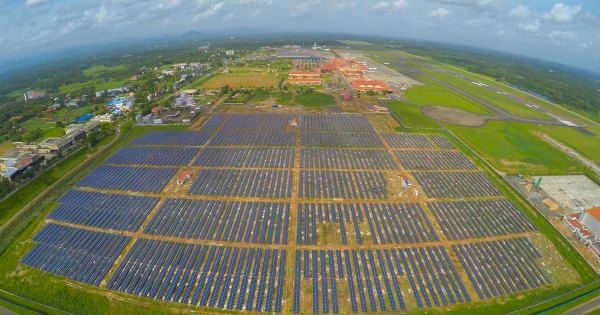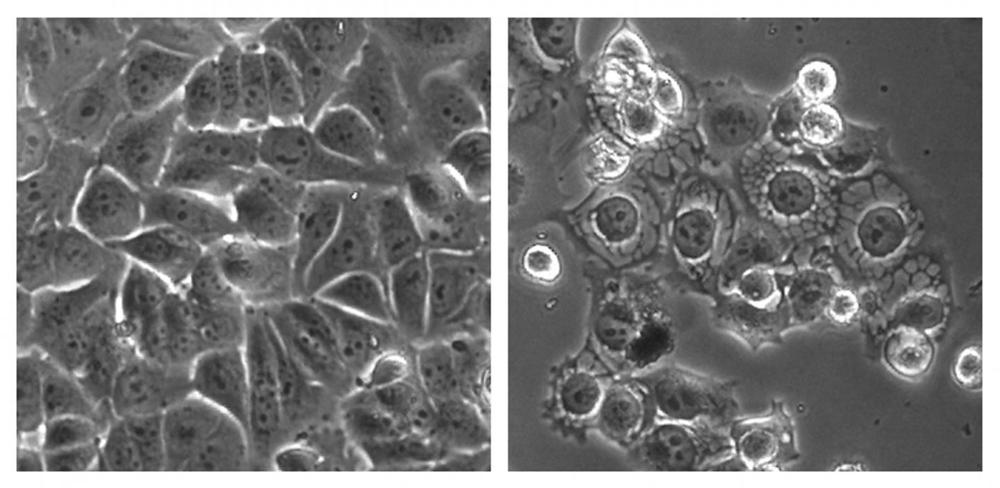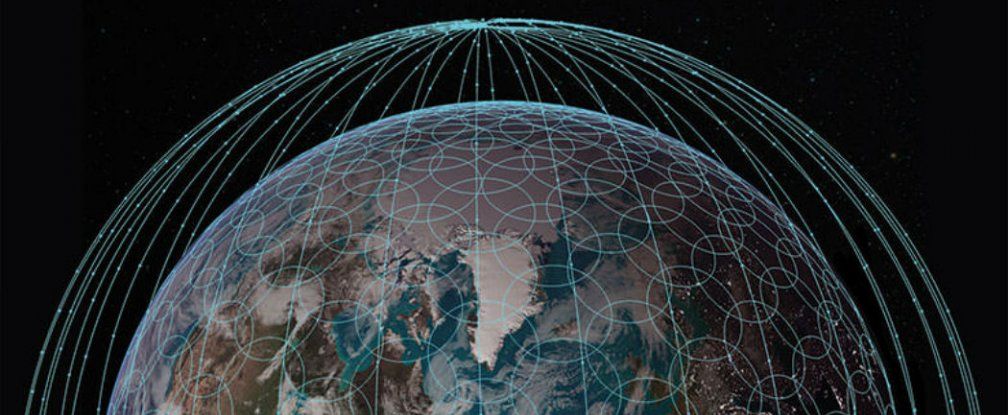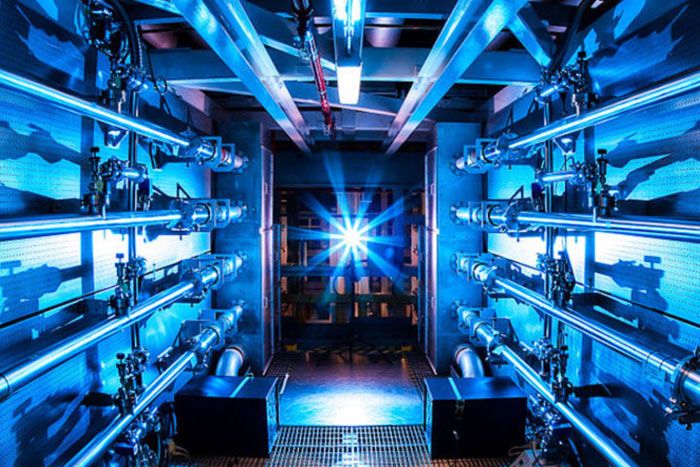Page 11679
Aug 19, 2015
Miniature brain-in-a-dish could help advance Alzheimer’s research
Posted by Bryan Gatton in categories: biotech/medical, neuroscience
A lab-grown brain is the most complete ever developed, equivalent to the brain maturity of a five-week-old foetus.
Cancer requires extensive and fast division in order to become a serious threat, but this feature also renders it vulnerable, allowing certain growth pathways to be targeted. A new drug candidate has emerged which exploits this weakness, overstimulating proteins required for growth — tipping cellular stress in virulent cancer cells over the edge.
“No prior drug has been previously developed or proposed that actually stimulates an oncogene to promote therapy. Our prototype drug works in multiple types of cancers and encourages us that this could be a more general addition to the cancer drug arsenal.”
Many types of cancer require specific mutations in genes related to growth, and one particular target is the steroid receptor coactivator (SRC) family of oncogenes. These lie at the centre of signalling pathways used to grow rapidly, and conventional research has focused on inhibiting them to prevent tumour growth. Instead of inhibiting, this new strategy aims to upregulate their activity, overstimulating them to an extent that destroys the host cell. In their search for a suitable molecule which might cause such stimulation, researchers stumbled across a compound labeled MCB-613.
Aug 19, 2015
MitoSENS Mitochondrial Repair Project
Posted by Steve Hill in categories: bioengineering, biotech/medical, life extension

Lifespan.io is running a SENS fundraiser to aid research into Mitochondrial repair. This is a new fundraiser platform to help get important regenerative medicine research funded and underway. Let us hope this is the start of how research could be funded and that it opens up faster progress.
Engineering backup copies of mitochondrial genes to place in the nucleus of the cell, aiming to prevent age-related damage and restore lost mitochondrial function.
Aug 19, 2015
Scientists Discover a Jewel at the Heart of Quantum Physics
Posted by Shailesh Prasad in categories: particle physics, space
Physicists have discovered a jewel-shaped geometric object that challenges the notion that space, time and particles are fundamental constituents of nature.
Aug 18, 2015
Samsung says we can achieve Earth-wide Internet via 4,600 micro-satellites
Posted by Shailesh Prasad in category: internet
A new report from tech giant Samsung proposes that a fleet of roughly 4,600 micro-satellites orbiting Earth could solve our impending data crisis.
Predicting that by 2028, 5 billion Internet users around the world will be collectively chewing through at least 1 zettabyte per month — to put that in perspective, 1 zettabyte is 1,000 exabytes, 1 exabyte is 1,000 petabytes, and 1 petabyte is 1,000 terabytes — the report says we’re going to have to think seriously about how we can deliver that. A constellation of tiny Internet-beaming satellites could be a viable option, it says, and Samsung could be the one to build it.
The report, entitled Mobile Internet from the Heavens, describes an Internet satellite system that will avoid the latency issues of current communications satellites by being positioned much closer to Earth. “Most modern communications satellites live in geostationary orbit, roughly 35,000 kilometres above the surface, and this imposes a hard limit on speed due to travel time for the data transmissions,” Graham Templeton writes for ExtremeTech. “Samsung wants to position its constellation in Low Earth Orbit (LEO) and thus reduce this delay.”
Aug 18, 2015
Record-Breaking Laser Hits 2,000 Trillion Watts
Posted by Sean Brazell in categories: energy, solar power, sustainability
The most powerful laser beam ever created has been recently fired at Osaka University in Japan, where the Laser for Fast Ignition Experiments (LFEX) has been boosted to produce a beam with a peak power of 2,000 trillion watts – two petawatts – for an incredibly short duration, approximately a trillionth of a second or one picosecond.
Values this large are difficult to grasp, but we can think of it as a billion times more powerful than a typical stadium floodlight or as the overall power of all of the sun’s solar energy that falls on London. Imagine focusing all that solar power onto a surface as wide as a human hair for the duration of a trillionth of a second: that’s essentially the LFEX laser.
Aug 18, 2015
Cryptographers Develop Encryption Method Resistant to Future Quantum Attacks
Posted by Phillipe Bojorquez in categories: computing, encryption, internet, quantum physics
Cryptographers are working on new encryption methods able to protect today’s Internet communications from future quantum computers that can be able to break today’s cryptography techniques. The researchers have developed upgrades to the Internet’s core encryption protocol that will prevent quantum computer users from intercepting Internet communications.
Aug 18, 2015
Technology has created more jobs than it has destroyed, says 140 years of data
Posted by Amnon H. Eden in categories: employment, robotics/AI
Study of census results in England and Wales since 1871 finds rise of machines has been a job creator rather than making working humans obsolete.
Aug 18, 2015
Astronauts Capture Rare Photograph of a Red Sprite
Posted by Sean Brazell in categories: climatology, space
Astronauts captured a red sprite from their vantage point on the International Space Station. The vibrant jellyfish is part of a thunderstorm that raged over Mexico in early August.
Red sprites are bright flashes that happen directly above thunderstorms with more mundane cloud-to-ground or intracloud lightning strikes. The sprites are brightest at an altitude of 65 to 75 kilometers (40 to 46 miles), but can extend as faint wisps as low as 30 kilometers and as high as 95 kilometers (18 to 59 miles). The sprites are red at the highest altitude, fading to blue at lower altitudes. The largest sprites cluster together in a clump of tendrils up to 50 kilometers (31 miles) across, looking vaguely like red glowing jellyfish.
![]() .
.
















